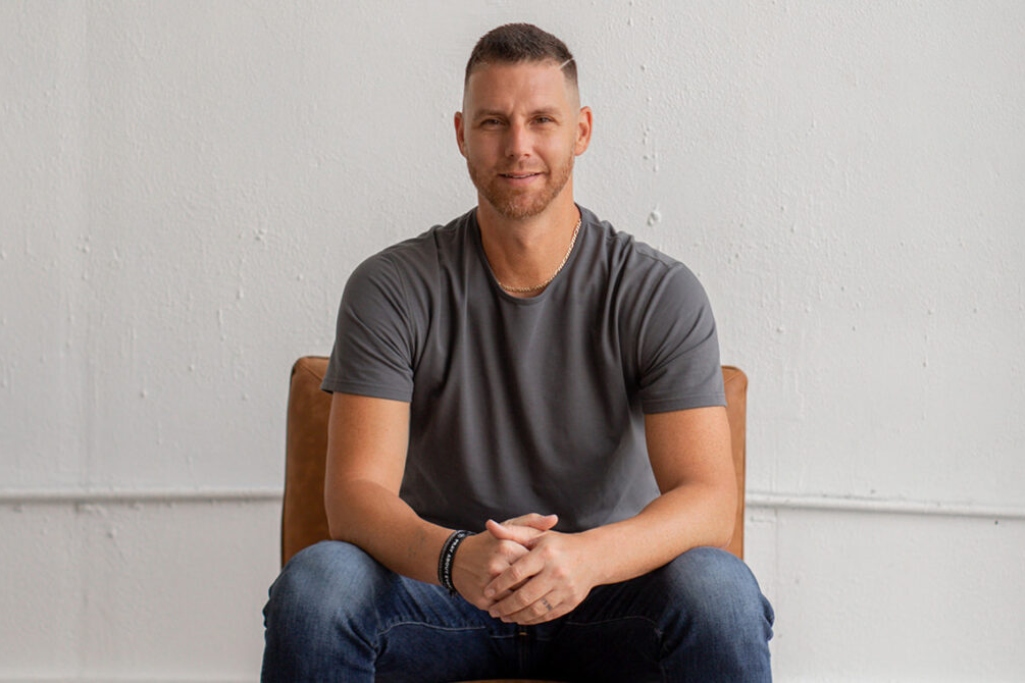JACKSONVILLE, Fla. – In their marketing strategies, popular clothes retailer Abercrombie & Fitch strategically excludes the “not-so-cool,” especially overweight kids.
According to a recent Business Insider interview with Robin Lewis, author of The New Rules of Retail, Abercrombie CEO Mike Jeffries “doesn’t want larger people shopping in his store, he wants thin and beautiful people.”
While the clothier does supply larger sized clothes for male “athletes,” plus-size ladies will find the store empty of any clothes to fit them. Excluding plus-sized women is part of a larger plan to market the company as the choice for those at the top of the social pyramid.
Jeffries himself told Salon magazine, in a 2006 story, that the young and attractive are their target audience, “We go after the attractive all-American kid with a great attitude and a lot of friends. A lot of people don’t belong [in our clothes], and they can’t belong. Are we exclusionary? Absolutely.”
Jeffries also told Salon they “hire good-looking people” for their stores: “Because good-looking people attract other good-looking people, and we want to market to cool, good-looking people. We don’t market to anyone other than that.”
Several years ago Focus on the Family received some complaints that their publications only featured exceptionally good-looking models in the stock photographs that accompanied their stories. Focus agreed that this was not in spirit with the Christian message and began strategically using photographs of so-called normal people of all shapes and sizes and colors.
Who is your church going after? If you have images of people on your church website, what does that communicate? Are the stock photographs of air-brushed, exceptionally good-looking people? Or are they a strategic variety of your own people of all shapes and sizes and colors and ages?
Jesus modeled a heart for all types of people, especially the broken and hurting. He told a story in which the manager told his servant to invite “the poor, the maimed, the blind, and the lame” (Luke 24:21). The Apostle Paul reminded the Corinthian church that not many of them were “wise … powerful … or of noble birth” (1 Corinthians 1:26). Instead God has chosen “the foolish … the weak … insignificant and despised” (1 Corinthians 1:27) – basically, the opposite of Abercrombie & Fitch’s target audience.
Of course, as American culture continues its rapid march into deeper levels of degradation, we Christians are increasingly “uncool” in the public arena. No matter how “cool” our churches and pastors try to be, any of them that stand on the truth of God’s Word will be considered bigots and hate mongers. If any of the cool, good-looking people want to identify with Christ and us, it will likely be at the cost of handing back their “cool” card to the world. But as they do so, they will discover the true freedom that only Christ brings.
And as the world increasingly views us as “garbage, like the dirt everyone scrapes off their sandals,” (1 Corinthians 4:13), we, the church, will be forced to echo the famous words of Emma Lazarus, immortalized at the Statue of Liberty: “Give me your tired, your poor, your huddled masses yearning to breathe free.” This is the church of Jesus, a refuge for the “poor in spirit” (Matthew 5:3) and the “weary and burdened” (Matthew 11:28).
(EDITOR’S NOTE – Brett Maragni is senior pastor of Harvest Bible Chapel of Jacksonville, Fla., and a frequent columnist for BP Sports.)


